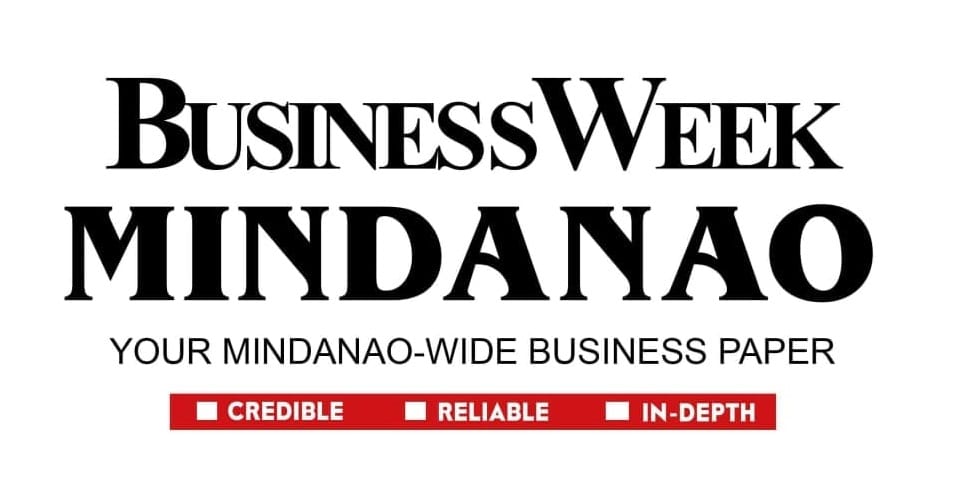Data presented before the Tariff Commission in a hearing held last Friday, 8 June, showed the continuing increase of cement imports despite of safeguard measures imposed on cement importation.
This as the witnesses advocating for the extension of the safeguard measures laid down the predicate why the situation against imported cement in 2019 subsists today.
The commission ended its public hearing on Friday on the plea of domestic cement manufacturers for an extension of safeguard measures which would expire in October this year.
Under the law, an extension of the measure may be requested if the action continues to be necessary to prevent or remedy the serious injury and there is evidence the domestic industry is making positive adjustments to import competition.
Testifying as a rebuttal witness for the petitioners, Holcim Philippines, Inc. Vice President for Sustainability, Ms. Zoe Sibala, stressed that the conditions which justified safeguard measures against cement imports almost three years ago remain practically unchanged and so an extension is imperative.
“Based on the import data from the Bureau of Customs and as can be gleaned from the Staff Report (of the commission) the volume of imported cement continues to increase and at lower prices in the retail level notwithstanding the increases in the prices of fuel and energy,” Sibala said.
According to the Staff Report, the share of imports to domestic production in terms of volume increased steadily from zero in 2013 to 5.3 million metric tons in 2019, increasing further to 6.88 MMT in 2021.
On the other hand, the percentage in the share of imports to domestic production rose from zero in 2013 to 26.09 percent in 2019, rising further to 38.42 percent in 2021.
“We can only absorb so much of this. It is adversely affecting us, not only with our ability to continue with our investment on our adjustment plans,” she added.
Without any relief against the influx of imported cement, Sibala warned that it maybe even more difficult for local cement manufacturers to implement its plans to meet the challenge of global competition.
Sibala, though, pointed out that her company remains committed to the completion of their adjustment plans but they need the “breathing space” provided by the safeguards to complete these.
In his manifestation, Atty. Jose Salvador Rivera, Jr., counsel for CeMAP (Cement Manufacturer’s Association of the Philippines) also shot down the claim of the oppositors’ witness that local manufacturers failed to make the necessary planned adjustments.
Citing that many of such projects were completed while some were simply delayed due to the pandemic, Rivera asserted that this cannot be characterized as “failure” on the part of the petitioners.
Sibala also manifested that the unabated influx of imports at depressed prices “puts at risk our ability to complete our adjustment plans that entail billions of pesos to become globally competitive”.
Corroborating the earlier statement of Republic Cement’s Vice President for Strategy and Business Development Reinier Dizon, Sibala said that despite the two-month work restrictions that affected cement plants in Luzon in 2020 due to the pandemic, their ability to meet the local demand was not significantly impaired.
“While on one hand, our kilns and mills stopped, we still had inventory in our warehouses and our customers’ warehouses. Our product remained available in the market,” she said, debunking the allegation of Nikka Cueto -Mamites, a witness for the oppositors led by Philcement.
Counsel for Republic Cement, Atty. Rodolf Britanico, argued it was curious that Mamites was presented as common witness for the five oppositor firms despite her admission that three of them were competitors of Philcement.
Mamites, in her testimony, confirmed the local cement manufacturers’ allegation that Philcement’s imports rose even more in 2020, claiming it was meant to fill in the demand gap.
It must be recalled that in a data presented to the commission, local demand for cement never outpaced domestic supply despite work stoppage caused by the pandemic.
Cement bag mislabelling resurfaces
Atty. Britanico also questioned Mamites why Philcement continues to use the label “Product of the Philippines” in its Union Cement (Type 1P) despite DTI’s Memorandum Circular 20-56 issued in 2020, which prohibits the use of such label in cement imports bagged in the Philippines.
Under the circular, all locally manufactured and imported Portland cement shipped in bulk and bagged in the country should bear the following markings: the country of manufacture; type of Portland cement; trade name or brand name; trademark of the manufacturer; net mass of cement in kilogram (kg) or metric ton for jumbo or tonner bags.
Likewise, it should contain the following information: name and address of manufacturer; the words “Bagged by” followed by the name and address of the bagging facility; Philippine Standard mark of the bagging facility; manufacturing date: bagging date and batch identification number; and the color band prescribed for 40-kg bags.
“Upon issuance of this circular, manufacturers and/or operators of bagging facilities shall immediately cease all printing operations of previously approved cement bag designs indicating the words ‘Product of the Philippines’ but are used to pack imported cement products,” the DTI order said.
Mamites claimed Philcement has complied with the order and explained that since 2021 their facility in Mariveles Bataan was completed and said that Philcement was allowed by DTI to use “Product of the Philippines” as they use fly ash from local sources.
However, she dodged to provide information on the percentage of imported cement contained in the finished product.
Earlier, she said that Philcement is not only importing but also processing and manufacturing cement. However, when asked by Tariff Commission chairperson Marilou Mendoza to differentiate between “processing” and “manufacturing”, Mamites claimed it is just a matter of “terminology”. Chairperson Mendoza has requested from CEMAP a clarification on the manufacturing of cement definition versus processing.
Opposing parties have until 20 June 2022 to submit their respective final memoranda or position papers to the commission.
The commission has earlier concluded the public hearings on the imposition of definitive anti-dumping duty against Vietnam’s Type 1 and Type 1P cement imports. Based on records, Vietnam is the major source of cement dumping in the country.
-o0o-





